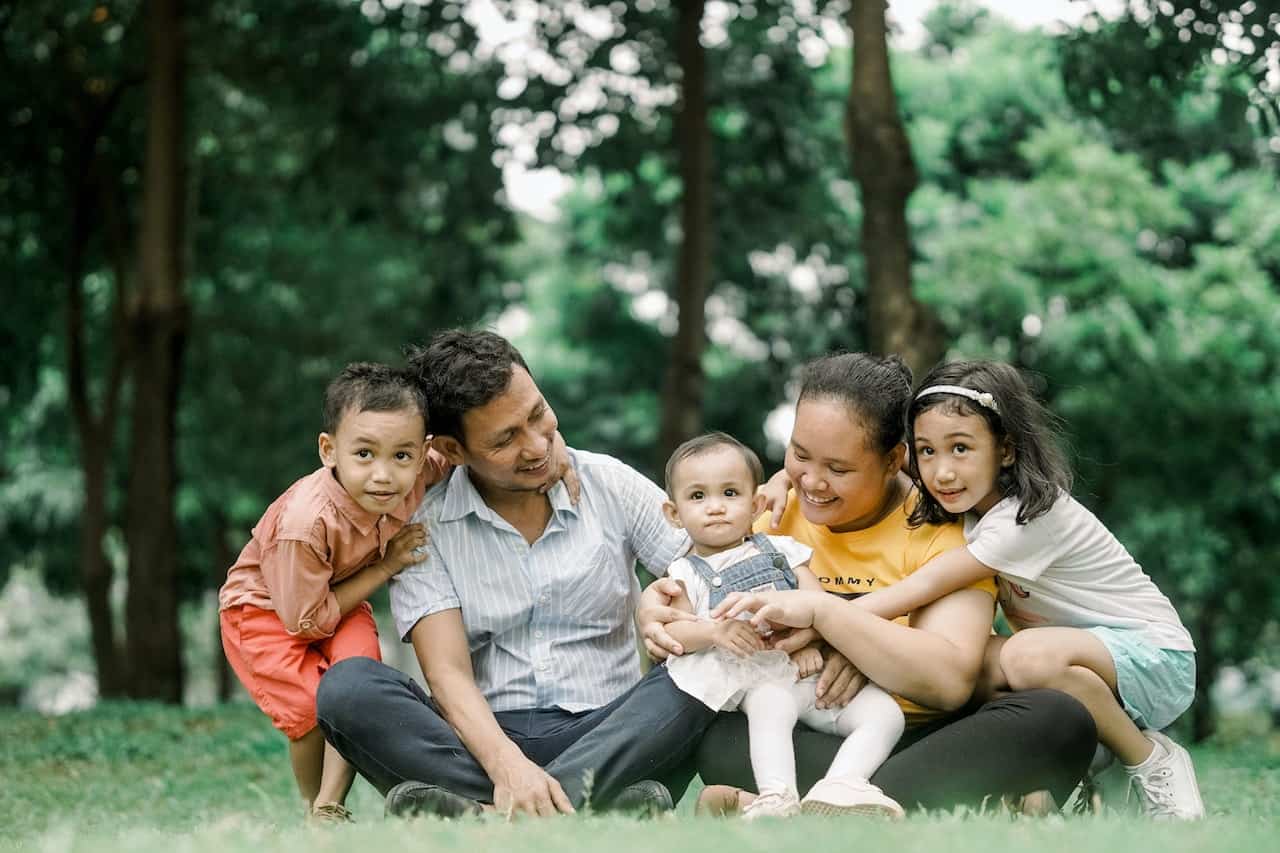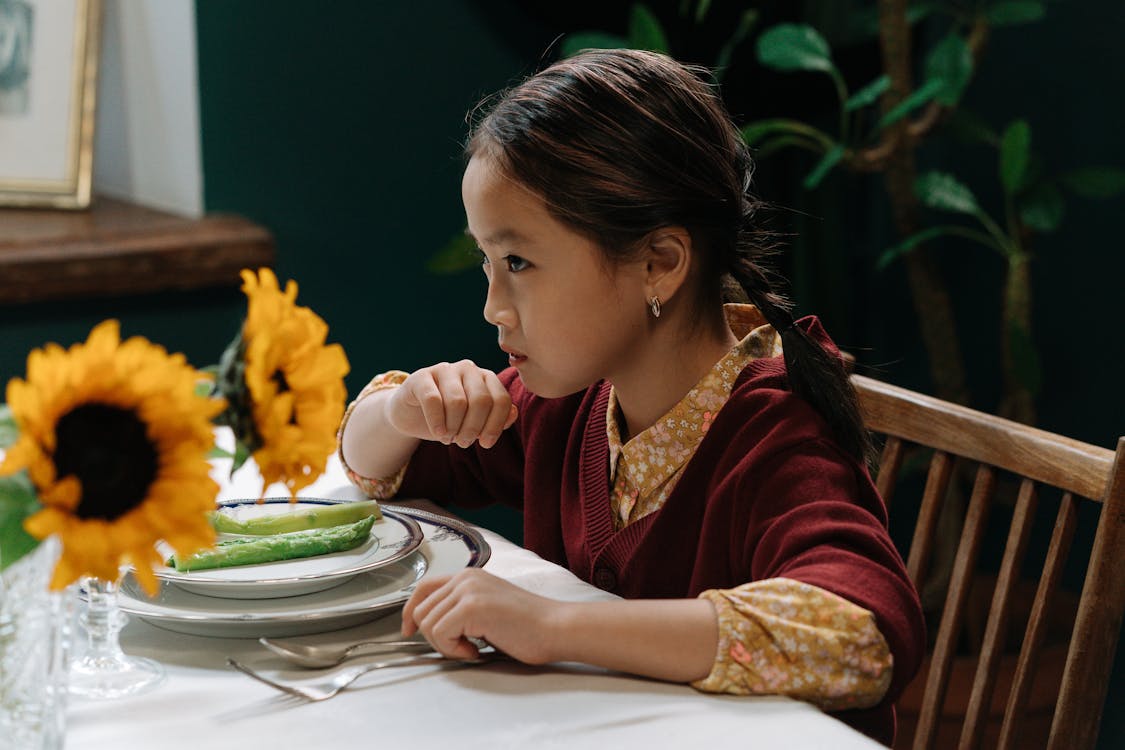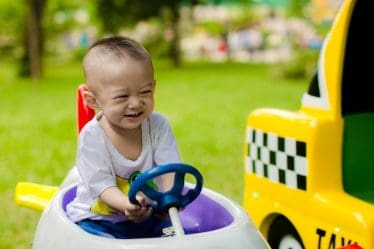
First published: 6 January 2023 @ 6:00 pm
The sense of gratitude has been shown to be one of the most beneficial emotions for our mental and physical health.
A child who is taught to be grateful for what they have, and what they have been given, will have a stronger immune system, be more helpful to others, and have a positive outlook on life.
This article will outline how to teach kids gratitude, and provide some tips for how to help them develop a lifelong habit of being grateful.
What is Gratitude?
Gratitude is a feeling of happiness and satisfaction that comes from recognizing and acknowledging the good in life.
It is often seen as a key component of happiness, and has been linked with a number of positive mental and physical health outcomes.
Bad situations can often be turned into good when we learn to be grateful for the good things in our lives.
This allows us to focus on the positive and eliminate unnecessary suffering, while also teaching us patience and helping us cope with hard times.

How Do I Teach My Child Gratitude?
Children’s character is formed during the earliest years of their lives, and cultivation of gratitude may be a powerful tool that can help shape their attitudes and behaviors for the better.
There are a number of ways to teach your child gratitude, and it is important to find what works best for your family. Here are some tips parents can do:
1. Say Thank You
A regular gratitude practice starts with simply saying thank you in daily conversation.
Start by thanking your child for their everyday accomplishments, and then continue to praise them for the things that are special to them.
Thank them for their smiles, their hugs, and their thoughts, and remind them that everything is worth celebrating.
Regular expressions of gratitude will help to build a positive attitude, and help your child learn to recognize and appreciate the good in life.
2. Make a Gratitude Journal
Gratitude journaling can be a great way to help them learn to be more grateful. Encourage your child to write down things they are grateful for every day.
You can help them to include pictures, drawings, or other things to remind them of good things. Let their positive feelings overflow as they write down all the things they are grateful for.
3. Make a Gratitude Jar
Like a journal, a gratitude jar can be a great way to help children learn to be more grateful.
Fill a jar with small items that your child can easily appreciate, like candy, nickels, dimes, or stickers. As your child fills the jar, remind them to write down what they are grateful for.
4. Perform Acts of Kindness
Kindness is another important factor in developing a grateful habit.
Help your child practice random acts of kindness every day, by doing things like offering to carry groceries, lending an ear when they are feeling down, or helping them with a chore.
Doing kind things for others can help to foster a sense of community, and can also help teach your child the importance of generosity.
5. Share Gratitude at the Dinner Table
Start with a blessing before dinner, and have your child say a prayer of gratitude before they eat. This appreciative behavior can help to set the tone for the rest of the meal.
After dinner, have your child share something they are grateful for, and ask them to explain why they are grateful.
Share your own experiences too, and let your child know that being grateful is a good way to live a happy and healthy life.

6. Volunteer
Deep gratitude can be fostered through volunteer work. Help your child find a way to give back to their community, and help them learn about the importance of giving back.
This type of volunteer work can also help to teach your child about the value of giving, and can help them develop a sense of empathy for others.
7. Help Them Learn from Their Mistakes
In our daily lives, we all make mistakes. It is important for children to learn from their mistakes, and to be grateful for the lessons they learn.
Help your child to understand that even the biggest mistakes can lead to the best opportunities.
Explain to them that every experience can teach them something new, and that being grateful for the good and bad moments in life is a key part of developing a strong character.
Final Thoughts
Aspects of life, like gratitude, are often learned through example.
It is important for parents to model the behaviors they want their children to adopt, and to be grateful for the opportunities they have to teach their children about life.
Teaching your child gratitude can be a powerful way to foster a healthy emotional and physical well-being and to help them develop a positive outlook on life.
If you like to read more articles about parenting tips like this, make sure to check out Mature Parent now!
FAQs
At what age do kids show gratitude?
There is no definitive answer to this question, as it depends on the child and their individual development. Some children may start showing gratitude at a very young age, while others may not start displaying it until they are older.
What are gratitude simple words?
It is a feeling of happiness and gratefulness for what you have, regardless of how great or small the thing may be.
Why is gratitude so powerful for kids?
Studies have shown that gratitude has a positive impact on a child’s mental and physical health. It can help a child have a more positive outlook on life, be more helpful to others, and have a stronger immune system.
What is a gratitude moment?
It is a time when a child reflects on something they are grateful for, and feels happy and content.
What are emphatic gestures?
An emphatic gesture is a type of body language people use to emphasize a point. Examples of emphatic gestures include nodding your head, making an “o” with your mouth, and making eye contact.



